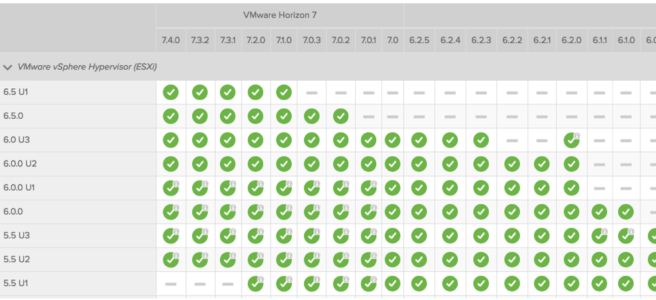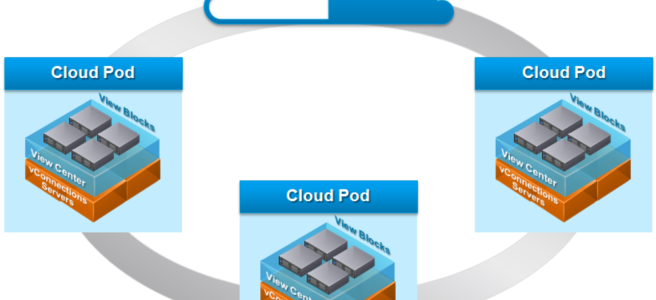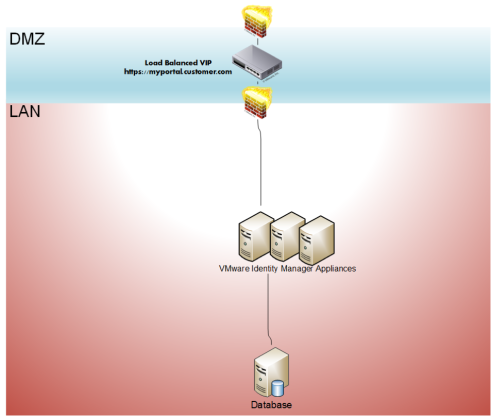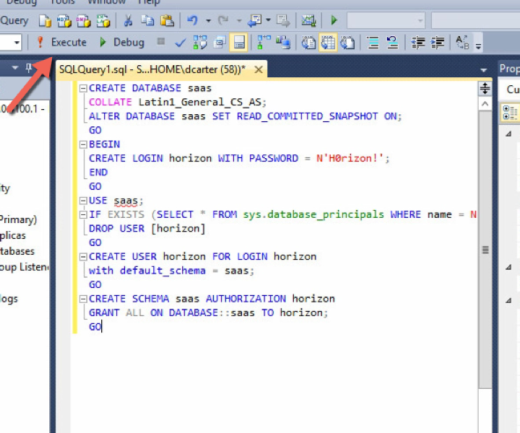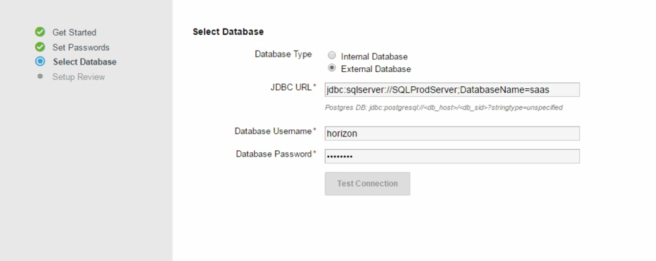It’s been a just over a week now since I received my iPhone 7 plus, I received it on launch day so I have had lots of time to play with it and see how it works. Here is my review after the first week, the good and the bad.
The Good
Camera
Ok so the best thing for me is the new duel camera system that has been added to the iPhone 7 Plus, the zoom feature is amazing. Here are 4 photos all take in the same spot, the first with no zoom, the second with 2x optical zoom and the last 2 at 5x and 10x using the digital zoom.
As you can see the zoom is rather good for a phone. I have also noticed an improvement on photos taken in low light as well and a much improved flash, over all the camera is a great improvement over the iPhone 6s+ I am now looking forward to the new features in iOS 10.1 when it is released later this year.
Home Button
The new Home Button has taken me a little while to get used to but I now have to say I really like it, I did not the first few days. Now that I am used to it, it feels much better than the home button on earlier versions of the iPhone and feels like it will last much longer, definitely feels more solid. Unlocking the phone with your finger print is just as fast if not faster that the 6s.
Speed
The iPhone 7 is definitely snappier that the 6s with a noticeable improvement in speed when jumping between Apps, something that I do a lot during the day.
No Analog Connection
OK so the big talking point has been the removal of the audio jack from the iPhone, something that I didn’t think would bother me too much. First the audio when listening to my music seams much better the music just sounds better and more clear, now this could be because it’s now all digital it could also be because now that I have 128Gb’s instead of the 64Gb’s I no longer have to convert my music to 128 bit rate when syncing them to my phone. Overall I have been impressed with my music using the new headphones without the analog jack. Now the downside of removing the connection. I spend a lot of time on my iPhone during the day taking phone calls, this is my only phone for work and as such I talk for hours on end some times and all the time using the headphones, the problem happens when the phone starts to run low on charge. I am now unable to use my headphone for talking on the phone and charge the phone at the same time, this is a big issue for me. Now I know there are adaptors already on the market, and Bluetooth headphones are available but for me this is an issue Apple should have seen and given an adaptor away with the iPhone.
Now the Bad
iCloud
Yet again Apple’s launch of a new iPhone was let down by their iCloud service. After my new phone arrived I tried to restore my new iPhone form iCloud to find that I was told my backup was unavailable and to try again later. I kept trying for a few hours with the same results. After a quick search on Twitter I found a lot of people having the exact same issue. I decided to give it up on the Friday and tried again on Saturday, I got the same issue again. I reached out to Apple support who first tried to blame my network connection. After proving it was not my network (I tried for 3 different locations) and also pointing out that lots of other people had the same issue, I was told to backup my iPhone to iTunes and restore my new iPhone from there.
As iTunes isn’t great it took 4 backups before I was able to restore my new iPhone with all the Apps and Data that were on my old iPhone 6s but I finally managed it. This however got me thinking about all the people who no longer have a iMac or PC what would they do, if Apple what to push this idea of just owning an iPhone or iPad then they really need to improve their iCloud service when new devices are released.
Battery
Although the battery is bigger and Apple says that on the iPhone 7+ you should see about an extra hour of usage (your mileage may vary) I have not seen any improvement in my usage and as with the iPhone 6s+ I have to change my iPhone around 7pm every night.
Overall
Overall I am very impressed with the new iPhone 7+ and look forward to using it more over the next few weeks and months and really look forward to using the camera more and more. I would still recommend getting the new iPhone but in the future I may wait a few weeks and not get one on release day and save myself the iCloud pain, oh who am I kidding by this time next year I will have forgot about the iCloud issues and I will go through it all over again!!
